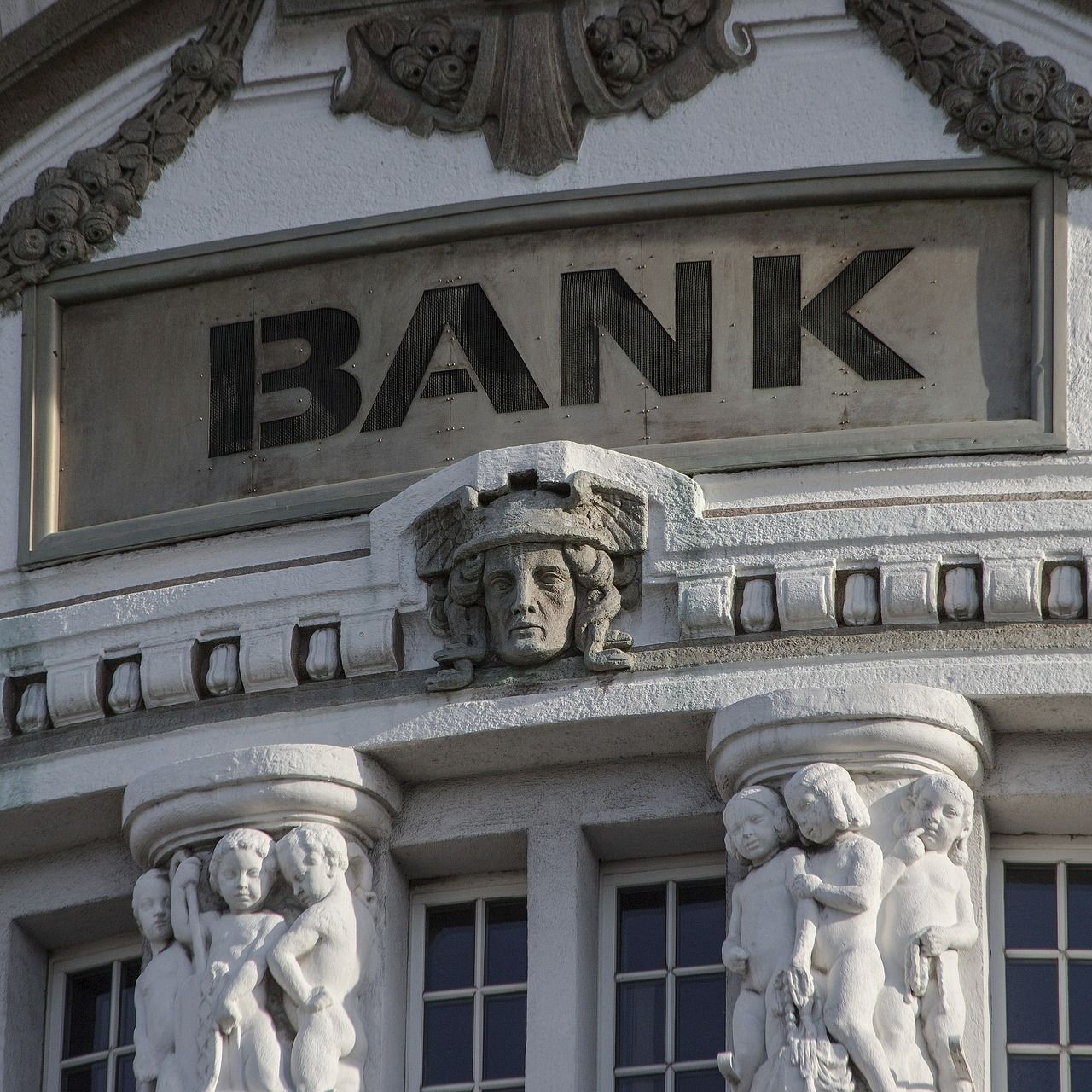
What to know:
At the start of this week, Bitcoin (BTC) showed a downward trend, as significant financial institutions revised their predictions for Federal Reserve (Fed) interest rate reductions in light of the robust employment data released on Friday.
During the European trading period, the most valuable cryptocurrency fell below $93,000, marking a 1.6% decrease for the day, as indicated by CoinDesk’s data. The prices seemed poised to challenge the support area around $92,000, which has functioned as a solid foundation since late November.
In simpler terms, the CoinDesk 20 Index, which is a broad measure of the market, dropped by more than 3%. Notable coins such as Ripple (XRP), Cardano (ADA), and Dogecoin (DOGE) experienced larger declines.
In conventional financial markets, futures associated with the S&P 500 fell by 0.3%, suggesting a continuation of the 1.5% decline from last Friday that took the index to its lowest point since early November. Meanwhile, the dollar index (DXY) approached 110 for the first time since late in 2022, with increased Treasury yields boosting additional growth.
New data, published on Friday, indicates that nonfarm employment grew by a substantial 256,000 positions in December, marking the highest increase since March. This figure far surpassed predictions for a 160,000 growth and significantly outdid the previous month’s figure of 212,000. The unemployment rate decreased from 4.2% to 4.1%, while the average hourly wage grew by a modest 0.3% compared to last month, but less than anticipated, with an annual increase of 3.9%.
That prompted Goldman Sachs to push out the next interest rate cut to June from March.
According to their recent analysis, Goldman Sachs economists anticipate that the Federal Reserve will only reduce interest rates twice in 2025 (specifically in June and December), instead of the previously forecasted three times (in March, June, and December). Additionally, they predict another rate cut in June 2026. This was stated in a note to their clients on January 10th.
If the Federal Reserve’s (Fed) December FOMC decision signaled a notable shift towards prioritizing inflation over other risks, then the December jobs report may have fully swung the pendulum in that direction. The moderate average hourly earnings figure prevented a stronger warning signal, but the argument for reducing interest rates to protect the labor market has become less compelling.
The Federal Reserve initiated a series of interest rate reductions starting in September, with the central bank lowering its key lending rate by half a percentage point initially. Subsequent quarter-point reductions followed in subsequent months, until they halted in December to indicate that fewer cuts might be expected in 2025. Since the initial cut on September 18, Bitcoin has experienced a significant increase of more than 50%, peaking above $108,000 at one instance.
Although Goldman Sachus and JPMorgan Chase predict further interest rate reductions, Bank of America (BofA) expresses concern about a prolonged halt in rate adjustments. It’s worth noting that the yield on the U.S. 10-year Treasury bond, which can be influenced by expectations regarding interest rates, economic growth, and inflation, has increased by 100 basis points since the September 18th rate cut.
According to BofA analysts, as reported by Reuters, they believe the period of interest rate cuts has ended and their primary assumption is that the Federal Reserve will maintain its current stance. However, they suggest that the chances for the next rate adjustment lean more towards an increase.
According to ING, it’s understandable that the market perceives the possibility of a prolonged halt from the Fed given the latest economic data.
According to ING’s recent communication to its clients, there is a strong likelihood that the current view will be reinforced if the monthly core inflation rate remains at 0.3% for the fifth straight month when the new data is released next week.
On January 15th, the Consumer Price Index (CPI) report for December will be published. Some analysts are concerned that base effects might cause an increase in both the main CPI and the core CPI figures, which could strengthen the case for a more aggressive monetary policy stance by the Federal Reserve (Fed), often referred to as a “hawkish” approach.
Read More
- INJ PREDICTION. INJ cryptocurrency
- SPELL PREDICTION. SPELL cryptocurrency
- How To Travel Between Maps In Kingdom Come: Deliverance 2
- LDO PREDICTION. LDO cryptocurrency
- The Hilarious Truth Behind FIFA’s ‘Fake’ Pack Luck: Zwe’s Epic Journey
- How to Craft Reforged Radzig Kobyla’s Sword in Kingdom Come: Deliverance 2
- How to find the Medicine Book and cure Thomas in Kingdom Come: Deliverance 2
- Destiny 2: Countdown to Episode Heresy’s End & Community Reactions
- Deep Rock Galactic: Painful Missions That Will Test Your Skills
- When will Sonic the Hedgehog 3 be on Paramount Plus?
2025-01-13 13:12